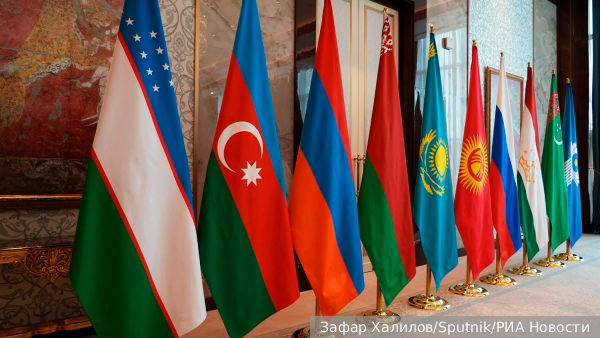
BRI: A symphony of diverse global strategies and initiatives uniting nations
By Rhod Mackenzie
A decade has elapsed since the emergence of China's ambitious Belt and Road Initiative (BRI), a momentous occasion that calls for acknowledgement of its remarkable achievemens and far-reaching global influence. The BRI stands as a powerful example of the effectiveness of international partnership, economic unity and a common quest for advancement. Amidst global tensions, the BRI serves as a shining example of cooperation that transcends borders and ideology, providing hope for a brighter future.
The success of the BRI goes beyond its physical infrastructure – the new roads, railways, ports, and bridges span across Asia, Africa, and Europe. It is about the BRI aligning with the strategies and goals of many nations, all working towards a wider vision of prosperity and connectivity. Let us explore this aspect of the BRI's success in more detail.
The BRI has become an essential partner for the Eurasian Economic Union, led by Russia. The BRI's infrastructure improvements and increased trade have significantly strengthened Russia's dedication to this economic union. This partnership highlights the concept that interconnected economies are not only stronger but also more adaptable.
Kazakhstan's Bright Road policy, which is focused on diversification and growth, fits perfectly with the BRI's goals. BRI investments in Kazakhstan surpass mere infrastructure construction; they are creating opportunities for this vast Central Asian country.
Turkmenistan's aim to revive the Great Silk Road, a historically significant trade route steeped in culture, has been substantially reinforced by the BRI. It's not just about the revival of trade routes, but also reviving cultural and historical links, fostering greater mutual understanding among nations.
Mongolia's Steppe Road proposal, a testament to its desire for enhanced connectivity, aligns with the BRI's pledge to upgrade transportation networks. This collaboration provides an opportunity for Mongolia to expand its regional and global trade influence significantly.
Indonesia's Global Maritime Fulcrum initiative, which highlights the nation's significant maritime potential, has found a willing partner in the BRI. By working together, they have improved the maritime infrastructure and nurtured greater regional trade and cooperation.
The Build Better More initiative in the Philippines, the Two Corridors and One Economic Circle plan in Vietnam, and the Economic Reconstruction and Recovery Plan in South Africa have received significant investments and cooperation from the BRI, with each programme customised to suit the distinctive requirements and aspirations of these nations.
Egypt's Suez Canal Corridor Project, which is crucial to global trade, has received significant support and investment from the BRI. This further highlights the initiative's commitment to improving international trade routes.
Saudi Arabia's Vision 2030 focuses on economic diversification and aligns with BRI's vision of developing infrastructure and economic growth. The partnership between Saudi Arabia and BRI is helping the former reduce its reliance on oil, opening new avenues for future growth.
BRI has been a key enabler in supporting infrastructural and economic aspirations of partner nations. It demonstrates its adaptability by customising its investments and projects to meet the distinct requirements and objectives of every country.
Moreover, the BRI exemplifies how nations can put aside political differences and come together in the pursuit of mutual aims. It provides a lesson in diplomacy and collaboration, particularly pertinent in an era where international relations can be fraught. The Belt and Road Initiative showcases that rather than zero-sum games, we can build mutually beneficial partnerships that foster economic growth and development for all parties.
In an era where certain segments of society are embracing isolationism and protectionism, the initiative serves as a beacon of global interconnectedness. The challenges and opportunities of the 21st century require a collective effort, and cooperation is key to constructing a more interconnected and prosperous world for all. As we mark the tenth anniversary of the BRI, let us not only applaud the infrastructure it has built but also the bridges of cooperation and understanding it has constructed between nations. The BRI is undoubtedly a blueprint for a more interconnected and cooperative world.
